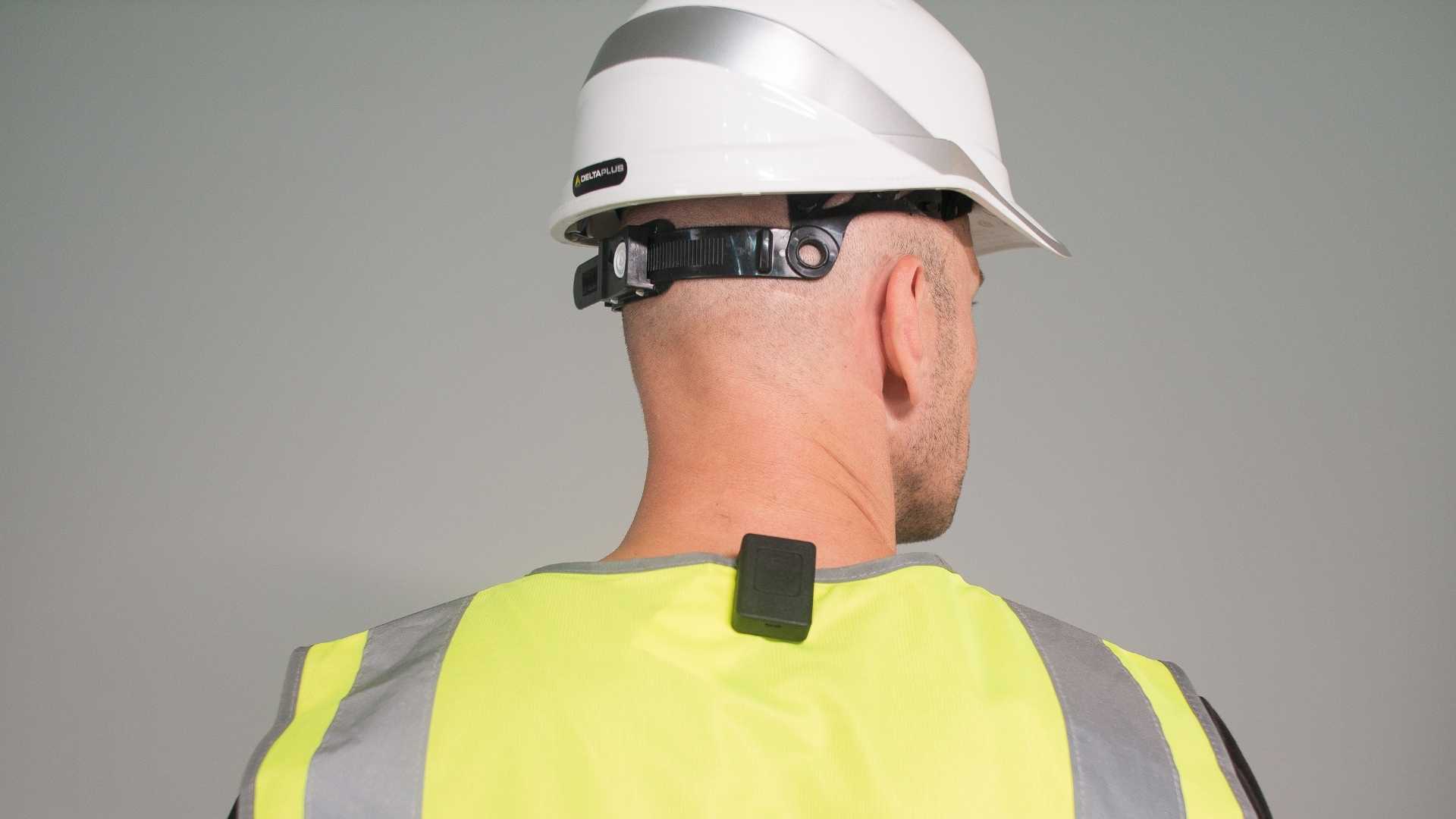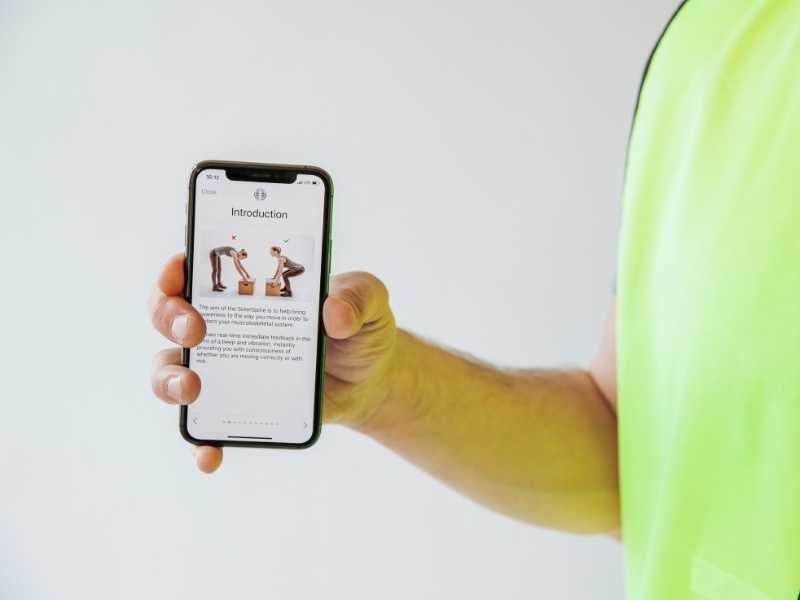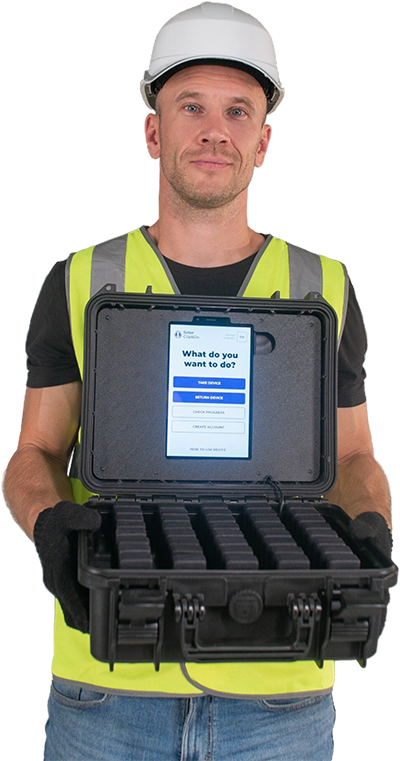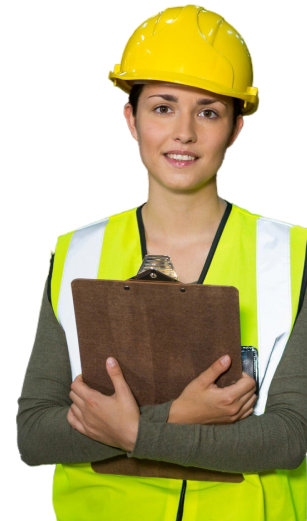Safety Wearables for the Workplace That Keep You Safe
Wearable technology is a general term for all technological devices that are worn on or close to the body. Often known as ‘wearables’, these devices have come a long way since eyeglasses back in the 13th century, from the Sony Walkman in the late 70’s right through to the more recent Apple Watch. Now, due to the likes of fitness trackers such as Fitbit we are becoming far more familiar with using them to aid our health and awareness.

Wearable technology is a general term for all technological devices that are worn on or close to the body. Often known as ‘wearables’, these devices have come a long way since eyeglasses back in the 13th century, from the Sony Walkman in the late 70’s right through to the more recent Apple Watch. Now, due to the likes of fitness trackers such as Fitbit we are becoming far more familiar with using them to aid our health and awareness.
The market of all wearables in general is growing. Worldwide from 2016 to 2019 increasing from 325 million to 722 million and the forecast for industrial wearables is set to grow by 1.99 billion during 2021-2025.
Wearables for Safety at Work
The increasing popularity of wearable tech within workplace health and safety is prevalent. There are several different types of wearables for safety and injury prevention available on the market. Each has their own unique characteristics and ability to help decrease risk. They range from fall detectors that feature an emergency panic button or pick up any vital sign in the environment, monitoring devices that sense heat or air pollution, step and health tracking devices or for those working at a desk all day, office posture correction sensors, there are trackers that publish the location of remote workers in case of emergencies, the list is endless.
Soter Analytics provides wearables that assist with preventing work-related musculoskeletal disorders or injuries (WRMD or MSDs).
SoterCoach Hub, the wearable solution for large facilities
Work-related musculoskeletal disorders involve injuries to muscles, tendons and nerves that occur at work. A complex title for a costly problem. It costs businesses, workers, and society worldwide $140 billion annually. With 2-3% of workers suffering back and shoulder injuries each year, at an average cost of $30k per injury.
In 2017, data issued at the World Congress on Safety and Health at Work held in Singapore estimated a cost of 3.94 percent of global GDP per year, or 2.99 trillion US dollars. Data also revealed that youth are 40 per cent more likely to suffer work-related injury and illness, than older workers. Using wearables and technology as an intervention to assist with engaging the younger generation in their own safety is an on point association.
There are high direct and indirect costs to employers and businesses when injuries occur; increased health care and workers compensations costs, absenteeism, lost productivity, retraining costs, replacement costs, emotional and mental costs, manufacturing stoppages, benefit claims. However one large motivator for prevention and increasing engagement and personalization in the safety space, is the high human cost to individuals: pain, suffering, disability.
An Injury Prevention Wearable
A wearable device utilized for injury prevention in the workplace is typically a type of smart device and is sized to be integrated with clothing, either clipped on the belt or the shirt or incorporated with personal protective equipment (PPE). They generally contain advanced hardware including gyroscopes and accelerometers coupled with complex data processing software. This complementary technology takes data from the movement of the body and uses advanced analytical techniques to provide physical activity profiles, giving the user and the proprietor valuable health and safety prevention information.
SoterCoach, the world’s only wearable solution for back & shoulder injury prevention
Sensors are becoming more and more accurate as the hardware evolves and algorithms advance with machine learning and artificial intelligence.
Depending on the device, another great advantage of using wearables on workers to prevent injury is the data that is collected can be used to help alter workplace environments or decrease repetitive movements. This can be incredibly useful in a highly physical job role where someone is at risk of injury or fatigue.
The technology has multiple benefits to offer the manual materials handling worker and particularly for high physical demand workforces. Helping to prevent injury, warning workers if there is an issue with their movement or are at risk. A motivational tool to educate and encourage good movement techniques during work hours. The bonus of this is, once behavioural change is achieved during the workday, it moves into everyday life.
Benefits of Outcome Metrics for Workers
To be able to move correctly with low risk, an individual is required to have a certain amount of body awareness of their own movement patterns and performance. Body awareness can be defined as both the way in which one experiences their body in space and the sensory input they respond to while moving their body.
Sensors or wearables analyze and give biofeedback alerts to the workers advising when a high-risk movement is performed and helps with kinaesthetic sense (awareness of position and movement) and proprioception (includes force, effort, and balance) thus decreasing the risk of injury and the likelihood of other common injuries at work i.e., falls, slips, and trips.
Any type of feedback or signal given to the user, whether tactile, auditory, or visual enables them to see, feel or hear their own performance and thus can adjust themselves and improve. According to a study conducted by Franz Konstantin Fuss from the Royal Melbourne Institute of Technology “biofeedback training leads to improvement of performance faster than any conventional training and has a higher success rate”.
Having awareness of how a body is moving in space, allows individuals to improve their technique rather than continue to perform movements that are habitual or via old patterns of behaviour within the motor cortex of the brain.
Real-time personal data fed back to workers on-the-job providing detailed graphs and information around how individuals are performing bending/twisting/lifting/forces on the body, arms workers with a self-paced ability to change their movement patterns and begin to understand their bodies around how to correct and self-manage their own [musculoskeletal] safety. An incentive that not only increases their wellbeing and disseminates throughout their workplace but transfers into their home life as well.
Personalized Experience Using AI
With machine learning algorithms, movement data collected from the worker using a device or sensor can personalise the safety of an individual and be used to calculate their ergonomic risk. This is game changing when it comes to musculoskeletal safety as not one body is the same, nor has the same strength, fatigue levels, emotions, injuries or any of the factors that influence movement behaviour. Personalizing the learning experience through AI-driven algorithms can make a significant impact on injury rates when all these factors are taken into consideration.
Weight of Exertion
Algorithms have potential to not only evaluate exposure for individuals but depending on the configuration, can recognize their personal capabilities. For example, the weight of an object can be picked up and also how difficult it is for the worker to lift. With continuous collection of data and by way of machine learning, it can determine what would be the ‘norm’ of exposure for the individual user and if, on any given day, this is exceeded, one could see a prediction of fatigue.
Fatigue Management
When it comes to fatigue management, this is a superpower, especially if a user has an existing injury, is feeling unwell or has stress, the algorithms will recognize, and recommendations or warnings can be given. Workers start to be conscious of when they are feeling fatigued and a new pattern of behaviour through awareness is ignited. The more information the machine has about the user’s movements the more accurate it will be.
Job Profiling
Gathering data around different job roles is also beneficial. Each role has a contrasting risk associated and with more data it is possible to create job profiling and identify the risks within that particular task or job. This aids in understanding the exposure of each job and comparison of standards to what is considered normal.
The Workers Increased Awareness
The devices and the program start the process of elimination at the individual, providing awareness of movements, and then spread to the organization by use of the data assisting in identifying the risk. This sets off investigations as to the cause and aids in the application of appropriate controls to obtain a thriving safety ecosystem.
The devices alert the workers during the day, and they typically strive to reach a goal to lower the number of hazardous movement notifications. Minimizing the hazardous movements that lead to injury instead of dealing with injury recovery moves organizations into the preventative space to prevent injuries in the workplace.
The devices alert the workers during the day, and they typically strive to reach a goal to lower the number of hazardous movement notifications. Minimizing the hazardous movements that lead to injury instead of dealing with injury recovery moves organizations into the preventative space to prevent injuries in the workplace.
The cost of preventative measures pales in comparison to the financial and livelihood cost of MSDs. The value of investment for organizations provides worth across all areas of business; better employee well-being and engagement inadvertently increases company performance.
Soter solutions are 360-degrees and leave no areas exposed, orchestrating both worker and organization needs, yielding all the products to keep workers safe and more so, engaged, and happy with personalized experiences from biofeedback to gamification.
From hire to retire, technological solutions at Soter not only have been proven to dramatically reduce the number of MSDs and prevent injury in the workplace, but also provide a fun, interactive experience that takes the ‘dull’ out and brings spunk into safety, helping to reduce one of the leading causes of pain in the workplace.
About Soter Analytics
Soter Analytics is a global safety science company producing AI-supported wearable solutions that reduce the risk of ergonomic injuries in the workplace. Soter wearables are widely used in logistics, manufacturing, healthcare and other industries, helping leading companies to prevent up to 55% of back & shoulder musculoskeletal injuries.
To see how Soter Analytics can help you improve safety behaviour, engage employees to self-manage their training and prevent workplace ergonomic injuries, simply Book a FREE Demo today.



